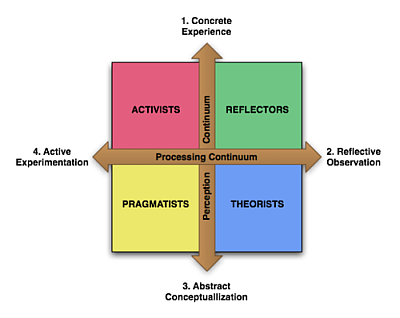 Common-sense tells us that to achieve system-wide improvement we need to grasp the “culture nettle”.
Common-sense tells us that to achieve system-wide improvement we need to grasp the “culture nettle”.
Most of us believe that culture drives attitudes; and attitudes drive behaviour; and behaviour drives improvement.
Therefore to get improvement we must start with culture.
And that requires effective leadership.
So our unspoken assumptions about how leaders motivate our behaviour seem rather important to understand.
In 1960 a book was published with the title “The Human Side of Enterprise” which went right to the heart of this issue. The author was Doug McGregor who was a social scientist and his explanation of why improvement appears to be so difficult in large organisations was a paradigm shift in thinking. His book inspired many leaders to try a different approach – and they discovered that it worked and that enterprise-wide transformation followed. The organisations that these early-adopters led evolved into commercial successes and more enjoyable places to work.
The new leaders learned to create the context for change – not to dictate the content.
Since then social scientists have disproved many other ‘common sense’ beliefs by applying a rigorous scientific approach and using robust evidence.
They have busted the culture-drives-change myth …. the evidence shows that it is the other way around … change drives culture.
And what changes first is behaviour.
We are social animals …. most of us are much more likely to change our behaviour if we see other people doing the same. We do not like being too different.
As we speak there is a new behaviour spreading – having a bucket of cold water tipped over your head as part of a challenge to raise money for charity.
This craze has a positive purpose … feeling good about helping others through donating money to a worthwhile cause … but most of us need a nudge to get us to do it.
Seeing well-known public figures having iced-water dumped on them on a picture or video shared through multiple, parallel, social media channels is a powerful cultural signal that says “This new behaviour is OK”.
Exhortation and threats are largely ineffective – fear will move people – it will scatter them, not align them. Shaming-and-blaming into behaving differently is largely ineffective too – it generates short-term anger and long-term resentment.
This is what Doug McGregor highlighted over half a century ago … and his message is timeless.
“.. the research evidence indicates quite clearly that skillful and sensitive membership behaviour is the real clue to effective group operation“.
Appreciating this critical piece of evidence opens a new door to system-wide improvement … one that we can all walk through: Sharing improvement stories.
Sharing stories of actions that others have done and the benefits they achieved as a result; and also sharing stories of things that we ourselves have done and achieved.
Stories of small changes that delivered big benefits for others and for ourselves. Win-win-wins. Stories of things that took little time and little effort to do because they fell inside our circles of control.
See-and-Share is an example of skillful and sensitive membership behaviour.
Effective leaders are necessary … yes … they are needed to create the context for change. It is we members who create and share the content.




